I’ve recently written a novel solely aimed at adults called 6011.7. This is exciting new territory for me, and award-winning publisher Unbound have taken on. The idea is to crowdfund the book initially, which has advantages and disadvantages. I intend to write a post focusing on this approach to publishing very soon.
The novel is about love, hate and Dada. Quite a trio. This is unlike anything I’ve written previously, so please don’t back or buy this if you are expecting something along the lines of my other books; 6011.7 most definitely contains strong language and adult themes.
From the beginning I wanted 6011.7 to have a distinctive look and feel; I’ve always enjoyed epistolary novels because they have a directness, intimacy and tension all of their own, so I quickly settled on this as a style. I really enjoy wrapping novels in ephemera and photographs to bring them to life, and to blur the boundaries between fact and fiction; with 6011.7 this will require quite a bit of work when it comes to artworking every page (yes, every gorgeous page, as each will be unique down to the smudges and mottling… and you can never have enough mottling in my opinion). I want readers to know they are buying something markedly different from all of the other lovely books shouting: ’Buy me. No BUY ME! No, no, BUY ME!’.
The story’s narrative revolves around an expedition to hunt for mythical sea creatures in 1921. In the planning stages, the monsters had been very much plot motive, not character motive. I hasten to add my novel isn’t anything like a Ridley Scott film. When I started to write, the characters’ personal monsters expanded into very fruitful territory: how their hidden daemons had influenced their lives and relationships. This was, for the most part, more interesting than writing chase scenes with big Kraken-sized beasts… although you can’t have a monster hunt without monsters, so I needed to find a way to accommodate and satisfy this aspect of the book.
I’ve always loved Dada, and had included it as a theme in a small way from the first draft. This was one of the most enjoyable parts of finding the book’s drive and direction. I have often worried that Dada lurks in Surrealism’s shadow, and yet to my mind it was far more dynamic and innovative; I could see a very attractive connection between Dada and the absurd challenge of hunting for mythical sea monsters.
The irrational qualities of Dada chimed with the script more and more as the story developed. I’ve found love and relationships can be at times absurd, rude, funny, and irrational, so these parallels were fascinating to work with. Dadaism grew in the book like ivy, and overtook all aspects of the story, giving it a direction, a very distinctive look and an overarching theme. It’s an illusive artistic movement at the best of times, and yet it was a surprisingly firm structure on which to build a novel.
I hope will be a very unusual and beautifully packaged book if I managed to raise enough interest through crowdfunding. There are no guarantees I will make the target: if I don’t the book won’t happen. If you are interested, you can find out more at the link below, where there is also a video of me discussing the book:
https://unbound.com/books/6011-7
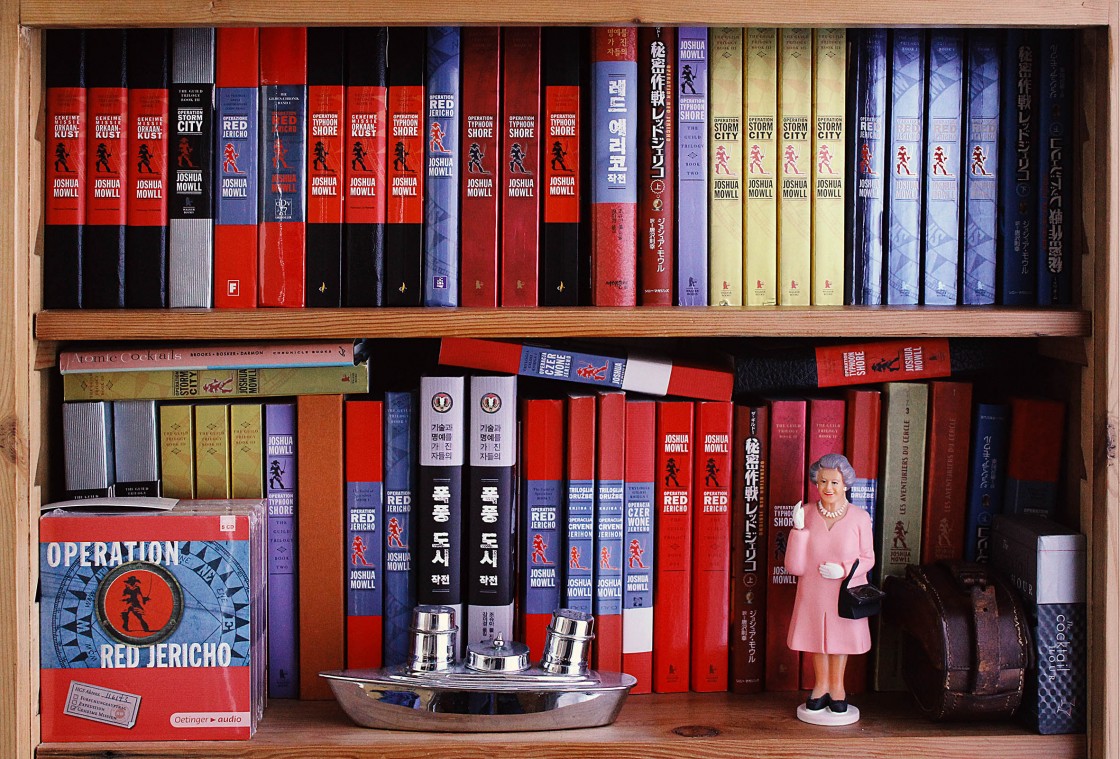
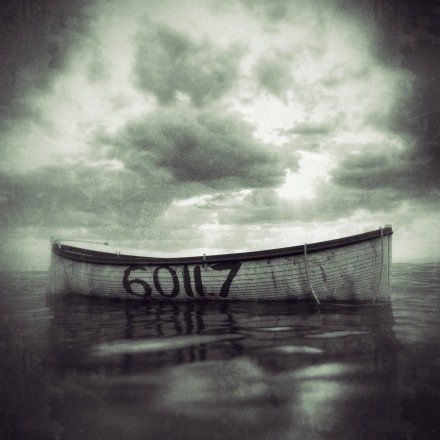
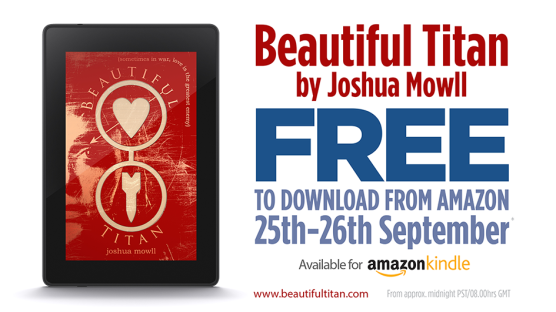
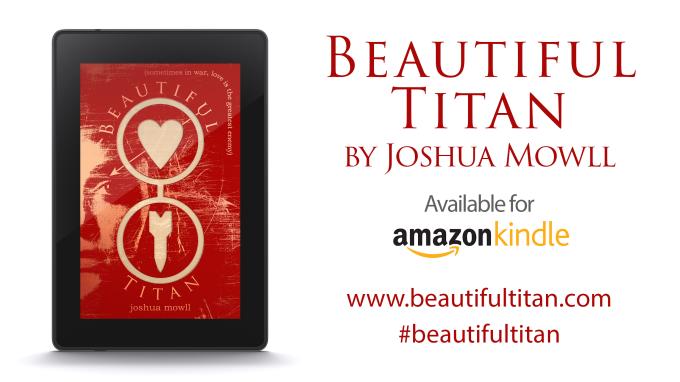
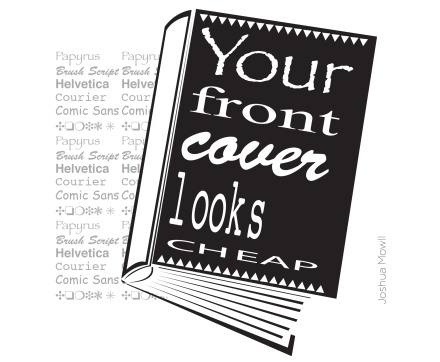
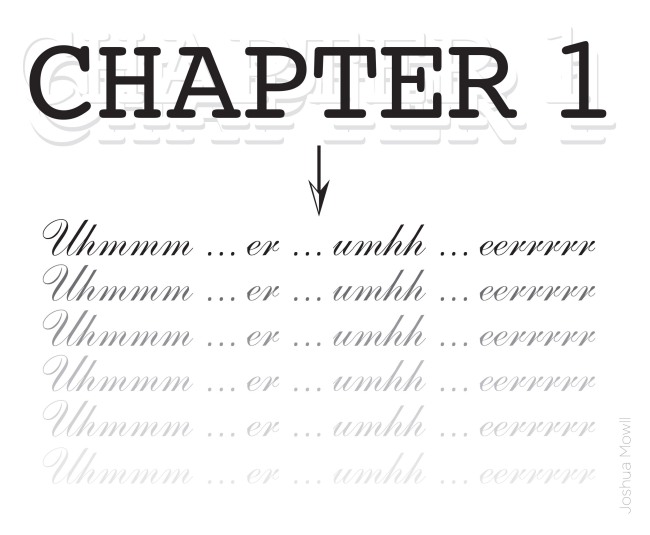
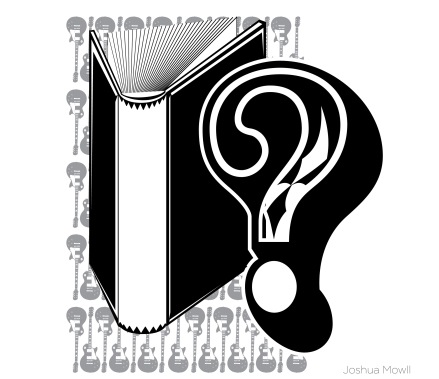
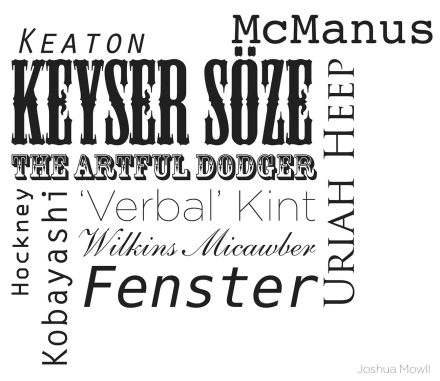



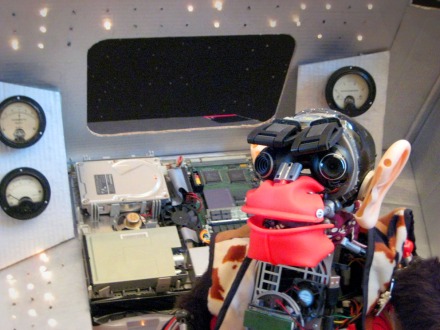
You must be logged in to post a comment.